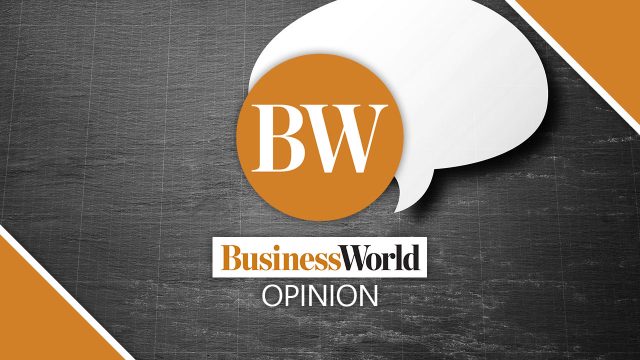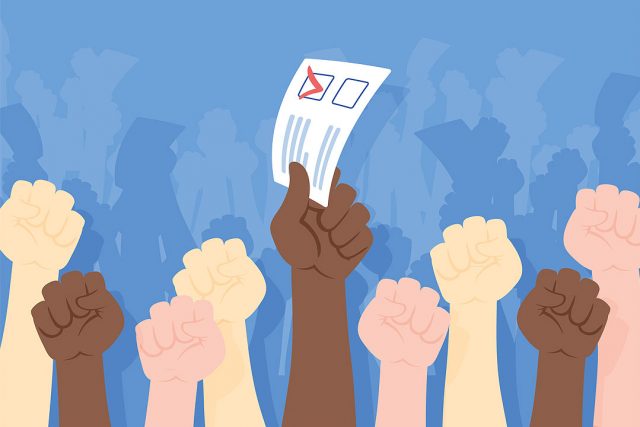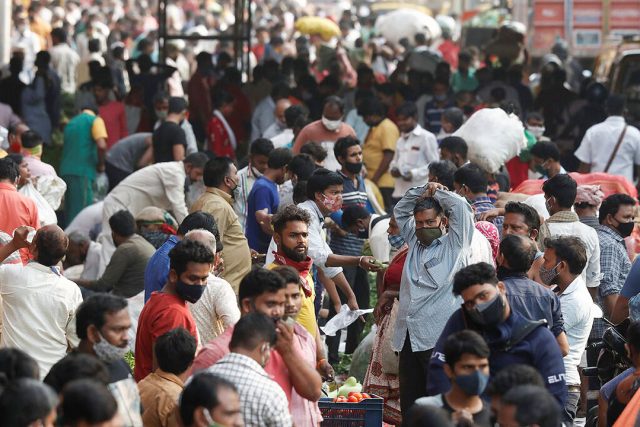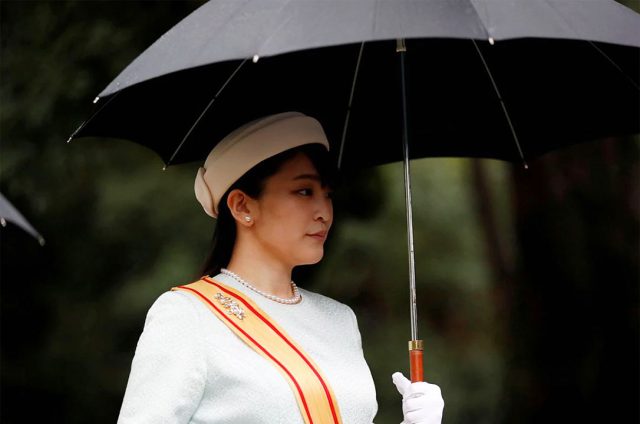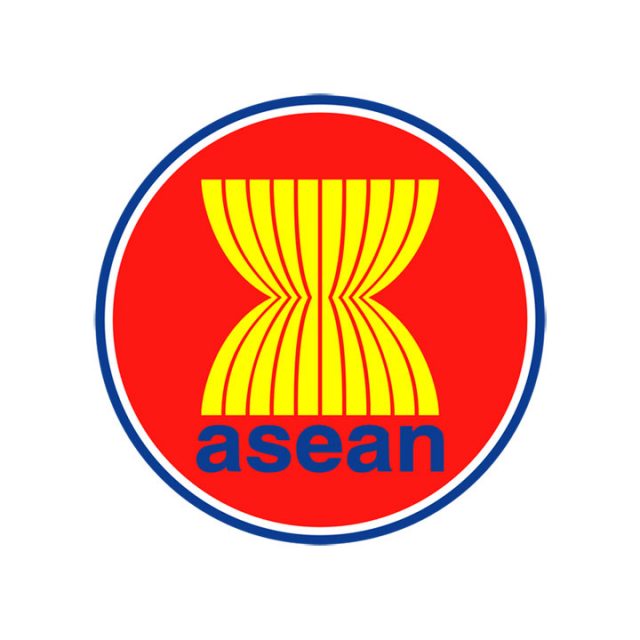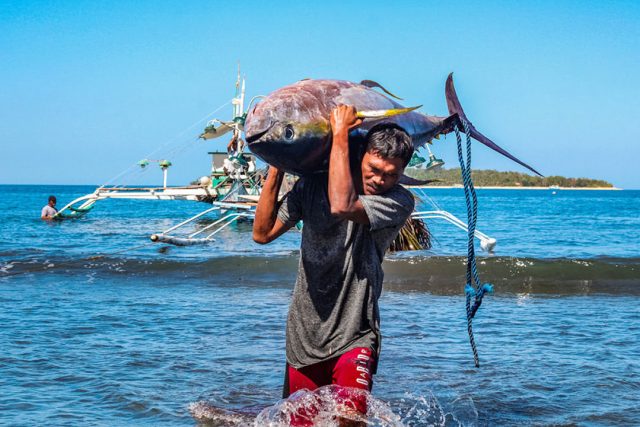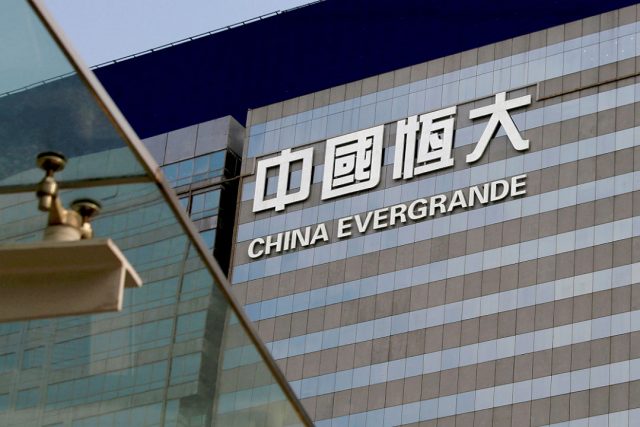How many can be slumdog millionaires?
Many of us still remember the box office hit Slumdog Millionaire, released in 2008. This British film was described as peddling poverty porn for its setting was in Asia’s largest slum area with close to a million people in one square mile in Dharavi, Mumbai.
Slumdog is a slum dweller living in extreme poverty with very little hope of breaking out of generational misfortune, for the cycle of poverty and ignorance perpetuates itself through time. Quick money offers the only way out so it is not surprising that drug pushing thrives in poor communities, petty theft and robbery are occupations handed down like treasured provenance of a university diploma, or some revolutionary nerve being awakened because the reality is harsh and oppressive.
In the 1970s, at the height of martial law, we recall we found the old Filipino films Insiang and Maynila sa mga Kuko ng Liwanag truly revolting because the plight of many of our people could be as demeaning as having to live with the moral and physical filth and mud of urban decay. The disconnect with “Ang Bagong Lipunan” could not have been sharper.
Still, some would try showbiz and expose some talent or flesh. In the case of the Slumdog Millionaire, slumdogs would try their luck in quiz shows.
With limited exposure to civilization and knowledge, it was impossible for the 18-year-old Jamal Malik, who worked as a chai wallah or tea server, to answer difficult questions in the quiz show and bring home what would be a life-changing prize of 20 million rupees or about half a million US dollars.
The questions may be easy for some who studied through college, or knew the answers because of a moneyed life, but the questions seemed to have been hatched so that no one who needed it most could win the prize. For instance, knowing the name of the star in a 1973 hit film Zanjeer required one to have actually watched it. A slumdog had better use of his hard-earned cash. Or the inscription underneath the three lions in the national emblem of India. He had more fruitful time rummaging the mountain of trash for a bit of cash. Or what God Rama was holding in his right hand. Would he even care when he had nothing to be grateful for? Or the Indian poet who wrote the song “Darshan Do Ghanshyam.”
Would a slumdog have any experience holding a hundred-dollar bill and realizing that Benjamin Franklin was on it? Who invented the revolver? Where is Cambridge Circus in UK? Which cricketer has scored the most first-class centuries in history? And finally, who was the third musketeer in Alexander Dumas’ book The Three Musketeers?
Jamal answered all the questions correctly until the police detained him for questioning before the finals. The police inspector and the host of the show, Prem, were not convinced he had the capacity to answer the questions in the Indian version of Who Wants to be a Millionaire? without cheating. This was class bias at its worst because with incessant questioning, Jamal was also tortured to force him to confess.
Jamal managed to answer the questions because of his recollection of facts due to what some experts call semantic memory, a form of long-term memory. His ability in doing this empowered him beyond his laylayan (bottom) social status, or his lack of formal education. The police inspector and the host had orthodox minds: “There’s no way he can know that!”
Following this flawed reasoning, material deprivation leads to dumbness. Ergo for us, about 25 million very poor Filipinos would be considered very dumb.
But regardless of one’s social status or education — of course they help — if people could connect their new experience with another experience that they are familiar with in the past, they would succeed in figuring out the new in the light of the old experience. Experts describe this as elaborative rehearsal, a process of mentally coding long-term memories and extracting them as appropriate triggering by the short-term memories.
In the case of Jamal, those long-term memories could never abandon him. They were his life no matter how impossibly challenging.
No wonder Jamal knew the name of the Indian poet who wrote the song “Darshan Do Ghanshyam.” He could very well remember that song which was sung by a little boy in the same orphanage he stayed. The headmaster blinded the boy despite his beautiful voice because he could earn more as a blind beggar. The question was a breeze for Jamal’s traumatic imprint in his long-term memory.
If that held true for Jamal, it must also hold true for many of us.
I will never forget Singian Clinic near Malacañang. In the thick of the First Quarter Storm, that was my vantage point to the Metrocom’s preparation on the grounds of San Miguel Church for assaulting the students’ series of mass actions against the emerging Marcos dictatorship, which culminated in the declaration of martial law in September 1972. My father was confined there for several months because of diabetes and a heart problem. I will never forget one Metrocom commander barking his order to the troop: “Hampasin ninyo ng truncheon kahit saan tamaan… (Hit them with a truncheon wherever it may land…).”
That was always at the back of my mind whenever I’d see men in uniform during the martial law years from 1972-81. I had no more questions as to future atrocities of the military. I was no longer surprised by the beastly violence they inflicted on my fraternity brods, Tony Tagamolila and Bill Begg, and on many thousand freedom-loving young leaders who chose to fight an oppressive regime that up to now has managed to retain apologists and historical revisionists.
Due to his true-to-life experiences, therefore, Jamal succeeded in connecting the questions in the quiz show to his long-term memories, or to code his short-term memories, the episodes in the quiz show, to his treasury of actual experiences in the past.
The final question in the quiz show about the third musketeer was just easy for Jamal because he and his brother Salim considered themselves as Athos and Porthos many years back. As they were fleeing from an anti-Muslim attack, they met Latika, who was to be Jamal’s treasured girl. He convinced Salim to take her along as the third musketeer. The three of them struggled against the curse of class stratification. No one fancied such an existence of prostitution for Latika; crime for Salim; and loss of family for Jamal himself. They were literally orphans in the journey of life. Meeting at the train station was a prelude to new memories.
Some people’s attempts not just to deny, but to revise Philippine history are not now, not something being done only today prior to the May 2022 elections. They started even after the EDSA Revolt of 1986 and very few people noticed it, or did something to correct it. Today’s millennials were taught the wrong history. It is good that many of their seniors are still able to connect today’s events with what happened before, ala Jamal.
It is not good to forget Winston Smith of George Orwell’s novel 1984. Working at the Ministry of Truth, Smith updates old newspaper articles and documents so that they would be consistent with recent developments. Historical revisionism will deny us and future generation of our long-term memory to help us discern and resist. Otherwise, only a very few among us would manage to figure out many questions today, win the prize and ride on the train to a new life.
Diwa C. Guinigundo is the former deputy governor for the Monetary and Economics Sector, the Bangko Sentral ng Pilipinas (BSP). He served the BSP for 41 years. In 2001-2003, he was alternate executive director at the International Monetary Fund in Washington, DC. He is the senior pastor of the Fullness of Christ International Ministries in Mandaluyong.



